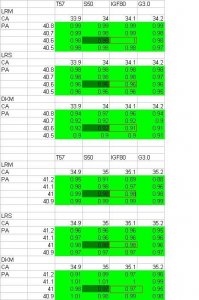- Joined
- Feb 26, 2003
- Messages
- 379
By the way, I marvel at Sergey''s ability, in spite of the language barrier, to put forward his logic and message in such a crisp clear manner.Date: 2/27/2007 10:14:46 AM
Author: michaelgem
So the amount of context to include to clarify each thought is a trade off between trying to be brief and to the point, but still keep to a minimum the inevitable misinterpretation.
Michael
Michael





300x240.png)